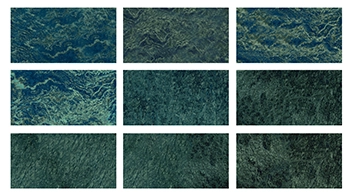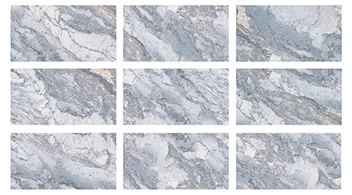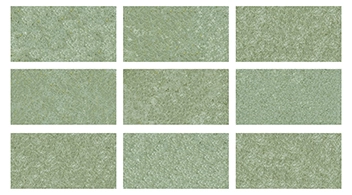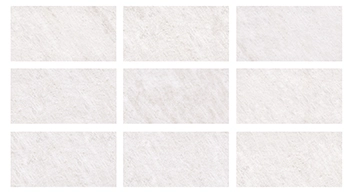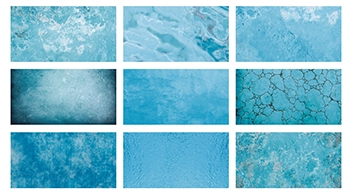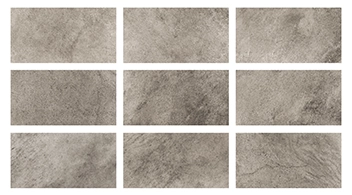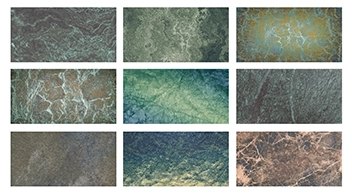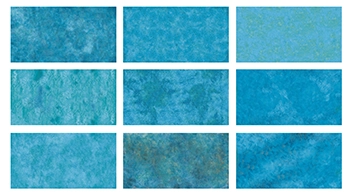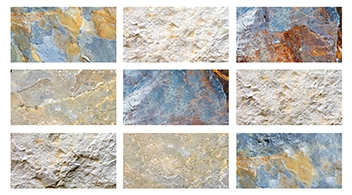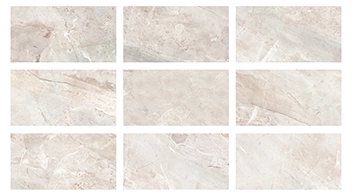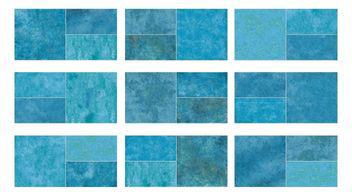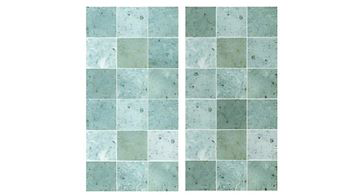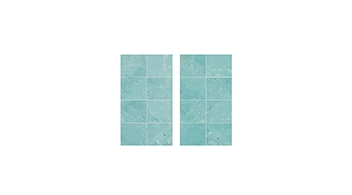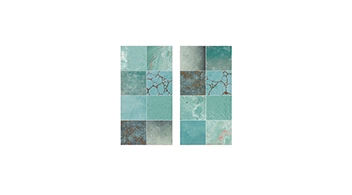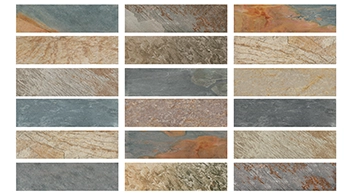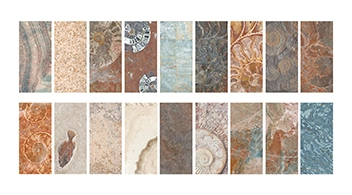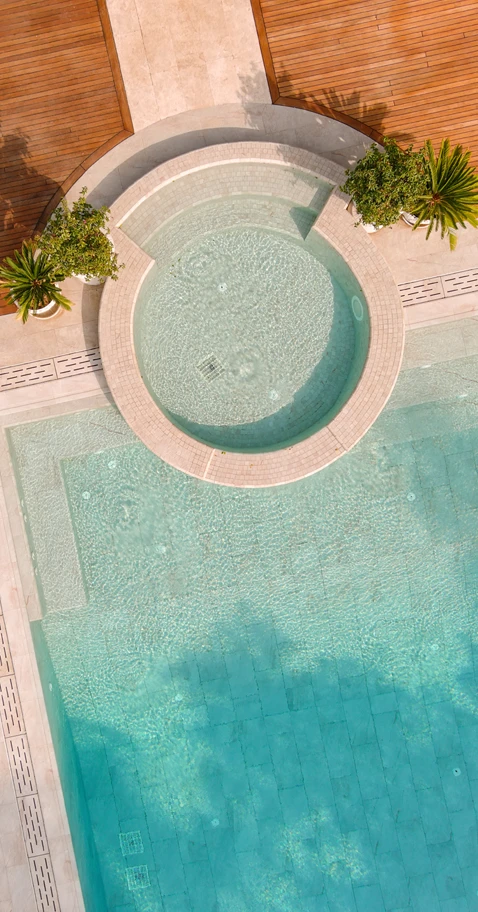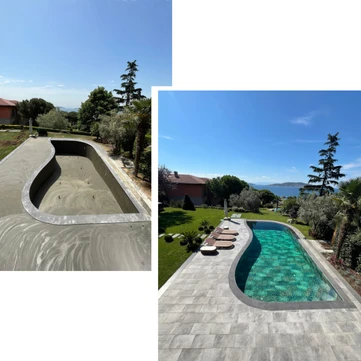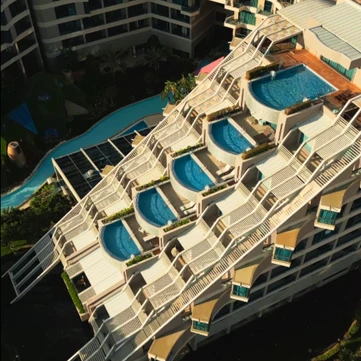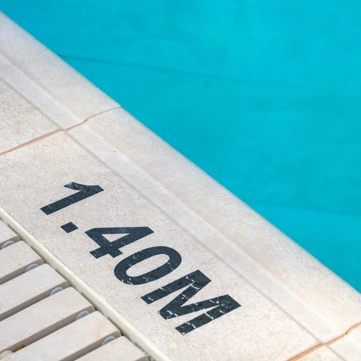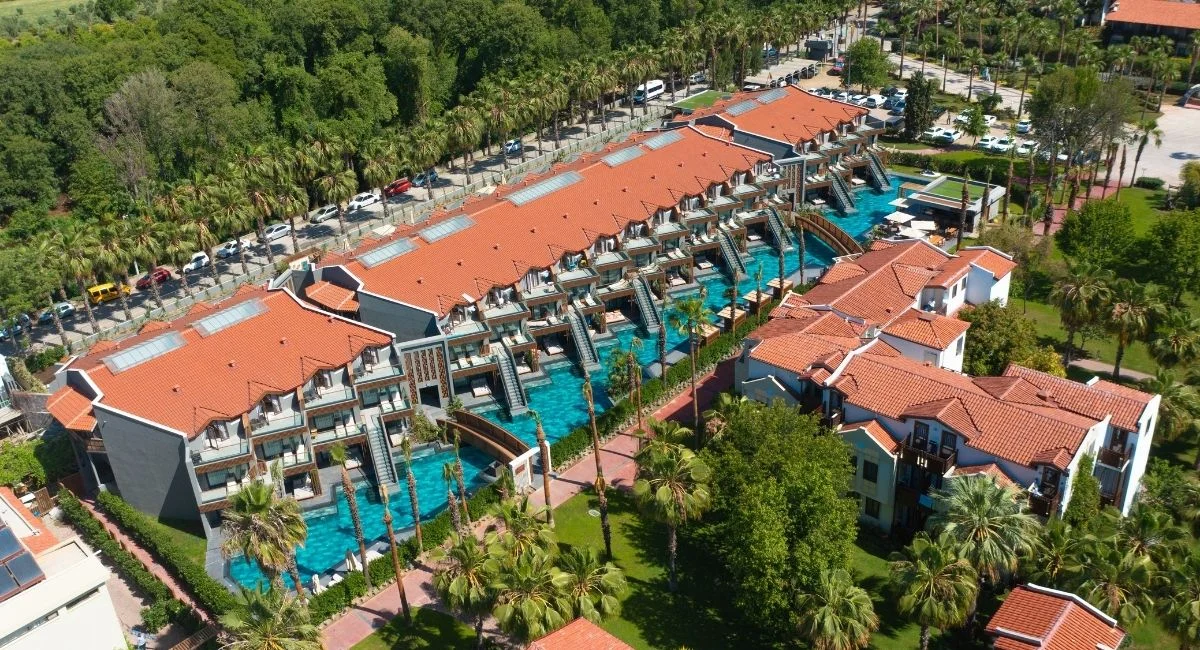
Why Is Hotel Pool Modernization Essential?
Modernizing a hotel pool is key to redefining both comfort and visual appeal. A guest's first impression isn't formed solely by your lobby—it’s also shaped by the pool experience you offer. So, is it possible to transform an ordinary swimming pool into a symbol of prestige and sophistication?
For hotels aiming to enhance guest satisfaction and stand out in a competitive market, investing in hotel pool renovation is essential. Today’s guests are looking for more than just accommodation—they seek a unique experience. Therefore, hotel pool renovation projects must redefine comfort without compromising on aesthetics.
The Pool Renovation Process for Hotels
The hotel pool renovation process begins with a thorough assessment of the current condition. This includes evaluating structural integrity, surface finishes, water circulation systems, and compliance with safety standards. This analysis helps determine the areas that need improvement and guides the selection of optimal solutions.
During the planning and design phase, the pool should be redesigned to reflect the architectural character and brand identity of the hotel, combining aesthetic appeal with functionality.
Hotel Pool Planning and Design Steps:
- Technical analysis of the existing structure.
- Selection of aesthetic and functional design elements to enhance the guest experience.
- Compliance with current safety standards.
- Use of long-lasting, low-maintenance materials.
Choosing the right materials is a crucial part of the process. Serapool porcelain pool products, made from 100% porcelain, are non-absorbent, feature a non-slip surface for enhanced safety, and maintain their original quality for years thanks to their exceptional durability.
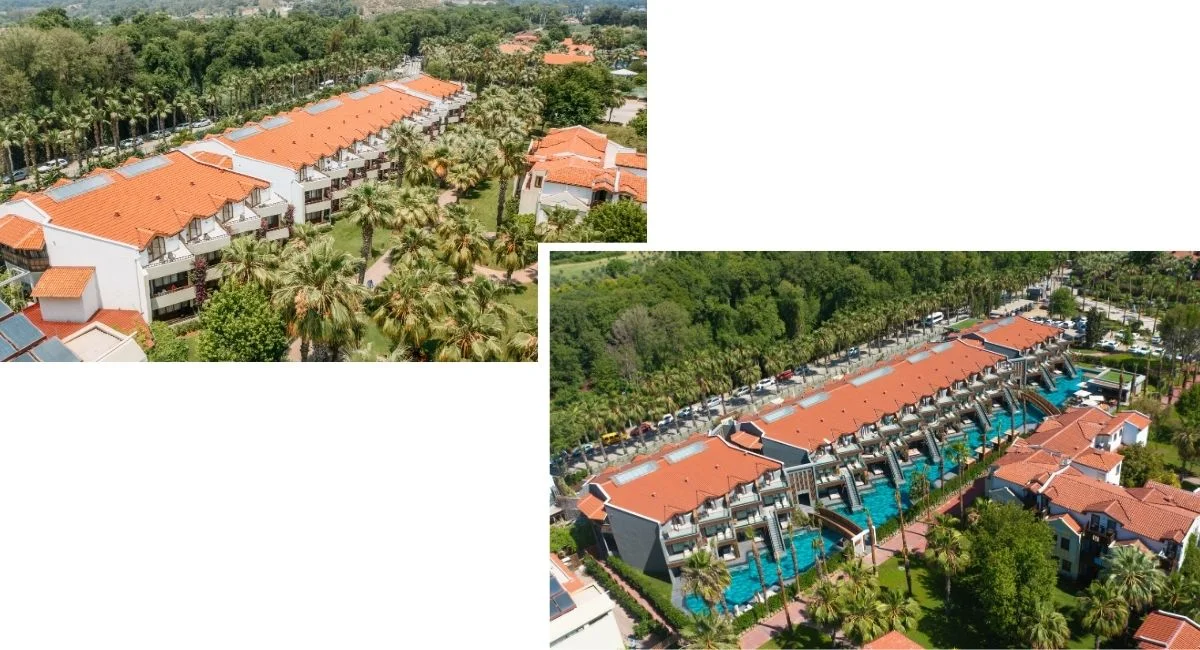
Hotel Pool Renovation and Implementation Steps
The application process starts with structural evaluation and reinforcement of the current pool. Any cracks, leaks, or worn areas on the surface are addressed. Waterproofing is then implemented to ensure longevity and structural integrity.
To enhance both safety and visual appeal, non-slip and aesthetic pool coverings are used. Non-slip surfaces help prevent accidents, while the hygienic benefits of porcelain help maintain clear and clean water.
A modern hotel pool isn’t complete without thoughtful landscaping and lighting design. Natural stone textures, curated plant selections, and elegant lighting solutions make the surrounding area more inviting and serene, elevating the entire poolside experience.
Key Considerations in Pool Modernization
One of the most critical factors in modernization is selecting the right materials. These materials must be resistant to water, chemicals, and heavy use. They must also align with the hotel’s architectural identity and branding. Non-slip surfaces not only ensure guest safety but also contribute to the pool’s longevity. 100% porcelain, non-slip surfaces offer maximum hygiene with water-repellent, bacteria-resistant properties.
Safety goes beyond just coatings. The Pool Edge System and ergonomic transition zones must be designed to enhance usability and prevent accidents. Properly designed Pool Coping areas ensure a secure and comfortable user experience.
Common Mistakes During Hotel Pool Renovation
A frequent error is the selection of unsuitable materials. Porous, low-durability materials increase long-term maintenance costs and lead to visual degradation. Pools in hotels with high foot traffic require finishes that offer superior hygiene and Chemical Resistance. Choosing the right material, such as Porcelain Tiles, ensures Low Water Absorption, UV Resistance, and long-term aesthetic quality.
Proper waterproofing and drainage systems are also vital. Inadequate waterproofing can result in leaks, cracks, and structural damage over time. Purely aesthetic choices without functional consideration can result in compromised safety and usability.
To create a safe and elegant pool area, ergonomic edge design, Anti-slip Finishes, and effective drainage solutions must be prioritized throughout the renovation.
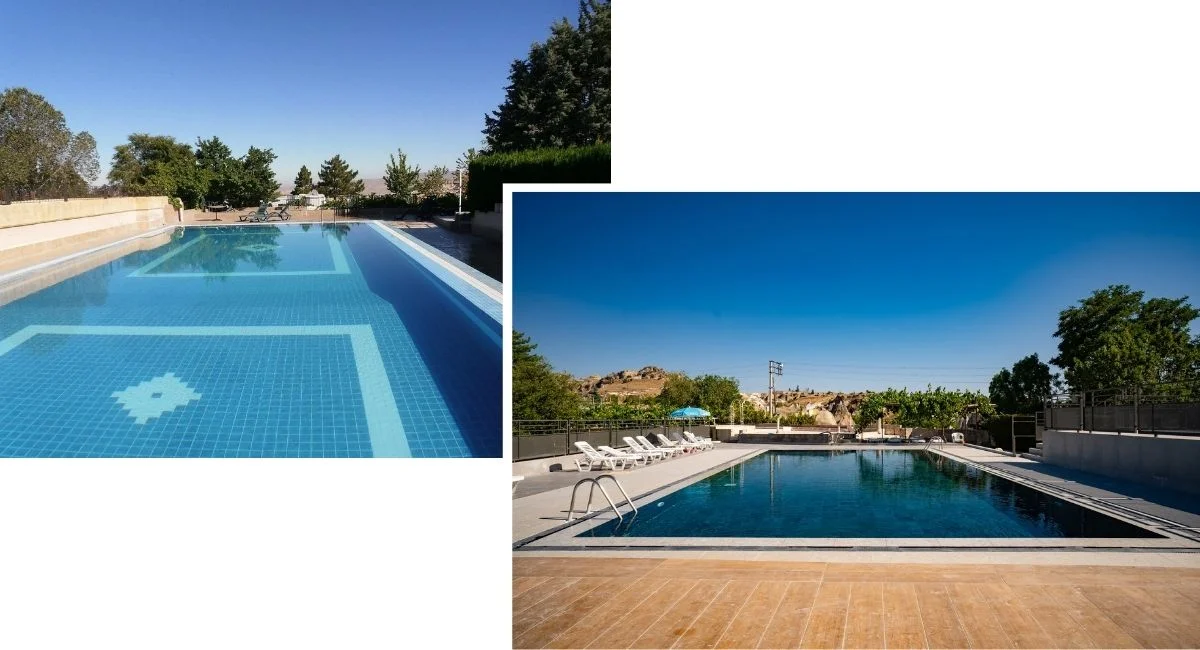
Safe and Modern Pools with Serapool Porcelain
Serapool’s Pool Tiles offer long-term performance through their durable, hygienic, and aesthetically refined structure. Their Chemical Resistance and fade-proof surfaces reduce maintenance costs while retaining visual quality.
Petit Carre Copings and Olympic Pool Coping options by Serapool combine safety with ergonomic comfort. Their specialized design enhances both security and user experience.
Non-slip surfaces from Serapool minimize the risk of slipping and falling, offering maximum grip even on wet surfaces. Combined with porcelain’s Easy Maintenance, hotel pools remain both hygienic and elegant year-round.
Renovating Hotel Pools with Serapool Products
Serapool’s Inner Trim, Outer Trim, Scoth Inner Corner, and Scoth Outer Corner pieces deliver exceptional solutions for edges and transitions. These ensure functional and aesthetic continuity and help prevent water accumulation.
For safety, Stair Non-Slip and Step Treads for Swimming Pool Stairs products reduce risks around stairs and entry points. In high-traffic zones, Porcelain Stoneware Grating and custom drainage systems optimize water flow, keeping the deck dry and secure.
Ready to modernize your hotel pool with elegance, safety, and durability? Explore Serapool’s innovative 100% porcelain solutions and provide your guests with a premium experience. Contact us today and elevate your pool to the next level.
